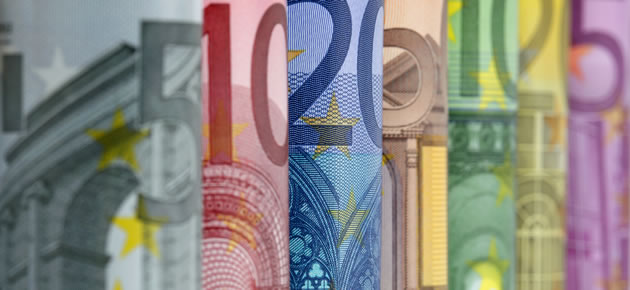Pound Sterling
The Pound edged away from a nine-month high against the Euro and weakened against the US Dollar and other peers following the release of worse-than-expected UK trade data and as US jobs data increased speculation that the Federal Reserve will reduce its stimulus programme earlier than first thought. The UK total deficit defied economists’ predictions by widening from 5.46 billion Pounds in the second quarter to 9.72 billion Pounds in the third, dampening the UK’s fourth quarter growth outlook and inspiring modest Sterling declines.
Currently the Pound is trading in the region of 1.1978 against the Euro and 1.5968 against the US Dollar.
US Dollar
The ‘Greenback’ made gains against the majority of its most traded peers after payrolls data came in above forecasts, increasing speculation that the Federal Reserve could decide to cut its monetary stimulus programme earlier than expected with some economists even speculating that a cut could occur as soon as December. The US economy created an extra 204,000 jobs in October, beating economist forecasts for a rise of 120,000.
Currently the US Dollar is trading in the region of 0.6250 against the Pound and 0.7487 against the Euro.
The Euro
The Euro firmed against its peers as data from the US and UK weakened the respective currencies. Despite the single currency pairing its losses there is an increasing expectation that it could erase all of this year’s gains in a matter of months. Doubts over the Eurozone economy grew this morning after France’s credit rating was downgraded and as data out of Greece and Germany did little to ease investor nerves.
Currently the Euro is trading in the region of 0.8348 against the British Pound and 1.3351 against the US Dollar.
Australian Dollar
The ‘Aussie’ strengthened against most of its peers to make its first five-day gain in three weeks. The currency rose due to the release of better-than-expected data out of China, Australia’s biggest trading partner. Chinese imports increased by 7.6%, creating a $31.1 billion trade surplus; exports meanwhile increased by 5.6% relieving some of the concerns that the world’s second biggest economy is slowing down. As the session progressed the currency weakened against the Euro and other peers after investors embarked on a bout of selling ahead of the weekend. Comments made by the Reserve Bank of Australia earlier in the week that the ‘Aussie’ was overvalued also dragged the currency downward.
Currently the Australian Dollar is trading in the region of 0.5861 against the Pound, 0.7020 against the Euro and 0.9374 against the US Dollar.
Canadian Dollar
The ‘Loonie’ fell against its most traded peers after data showed that the number of new jobs created in the USA grew more than expected. The ‘Loonie’ softened as expectations increased that the Federal Reserve will slow its monetary stimulus programme sooner than expected.
Currently the Canadian Dollar is trading in the region of 0.5960 against the Pound, 0.7140 against the Euro and 0.9532 against the US Dollar.



